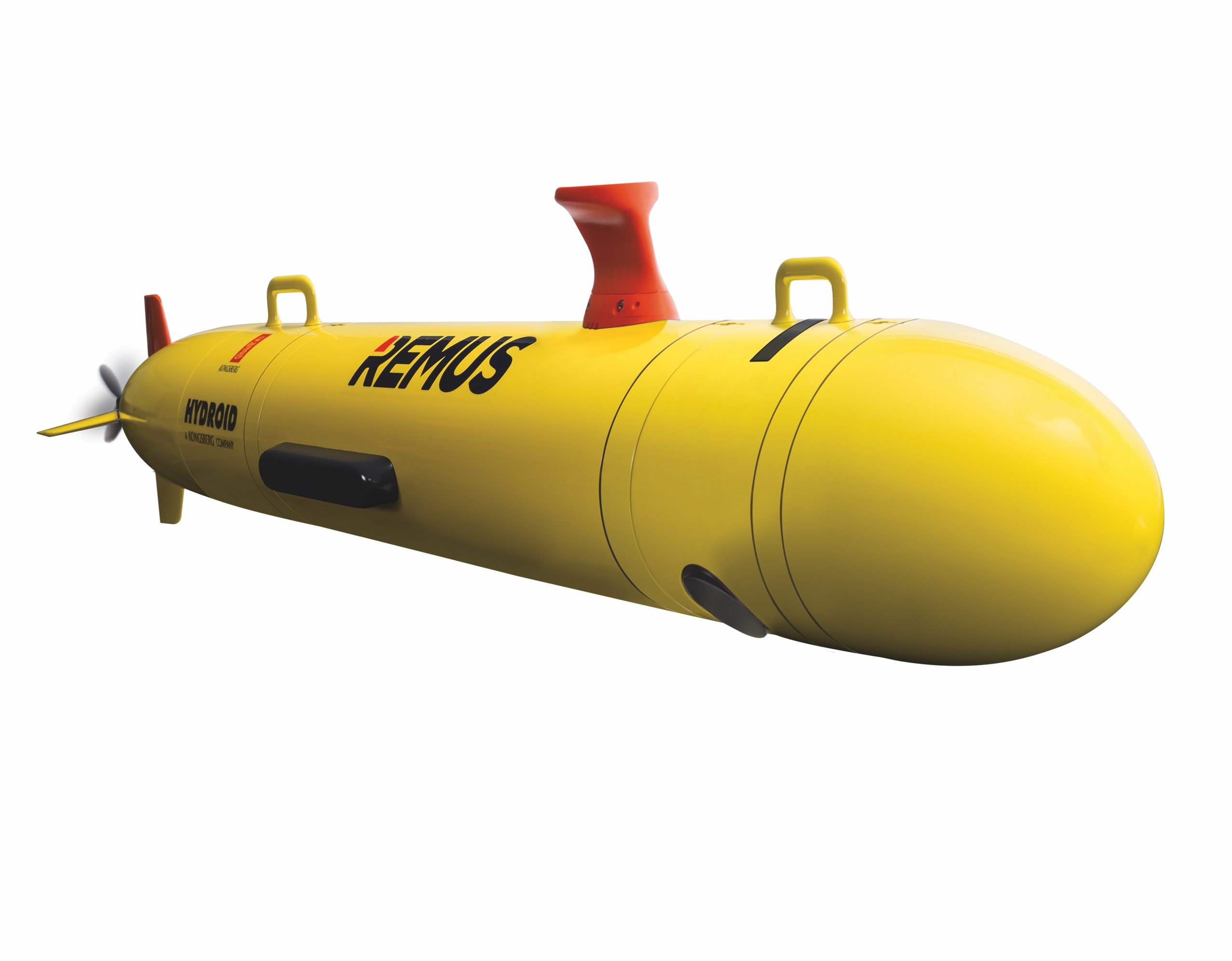Royal Navy to develop autonomous AI mine-hunter
One of the Navy’s first AI projects, the autonomous submersible, will be delivered by BAE Systems and Envitia

The Royal Navy’s Route Survey and Tasking Analysis (RSTA) project aims to deliver an automated capability for detecting and rendering harmless underwater mines in UK waters by 2022. Currently, a fleet of mine-hunter ships use sonar to detect anomalies on the seabed, but the AI-enabled submersibles to be developed by BAE Systems Applied Intelligence and British geospatial data company Envitia are expected to work in a fleet to scan objects, identify threats and make decisions about what action to take much faster.
Based in West Sussex, Envitia is prime contractor on the project. The company, active in the UK and the US, was established in 1989. It works primarily in the defence sector, and specialises in using open-source solutions to apply AI and machine learning to complex geospatial data problems.
“AI is set to play a key role in the future of the service,” commented Admiral Sir Philip Jones, First Sea Lord. “As modern warfare becomes ever faster, and ever more data driven, our greatest assets will be the ability to cut through the deluge of information to think and act decisively.”
Register now to continue reading
Thanks for visiting The Engineer. You’ve now reached your monthly limit of news stories. Register for free to unlock unlimited access to all of our news coverage, as well as premium content including opinion, in-depth features and special reports.
Benefits of registering
-
In-depth insights and coverage of key emerging trends
-
Unrestricted access to special reports throughout the year
-
Daily technology news delivered straight to your inbox










UK Enters ‘Golden Age of Nuclear’
Apologies if this is a duplicate post - a glitch appears to have removed the first one: > While I welcome the announcement of this project, I note...